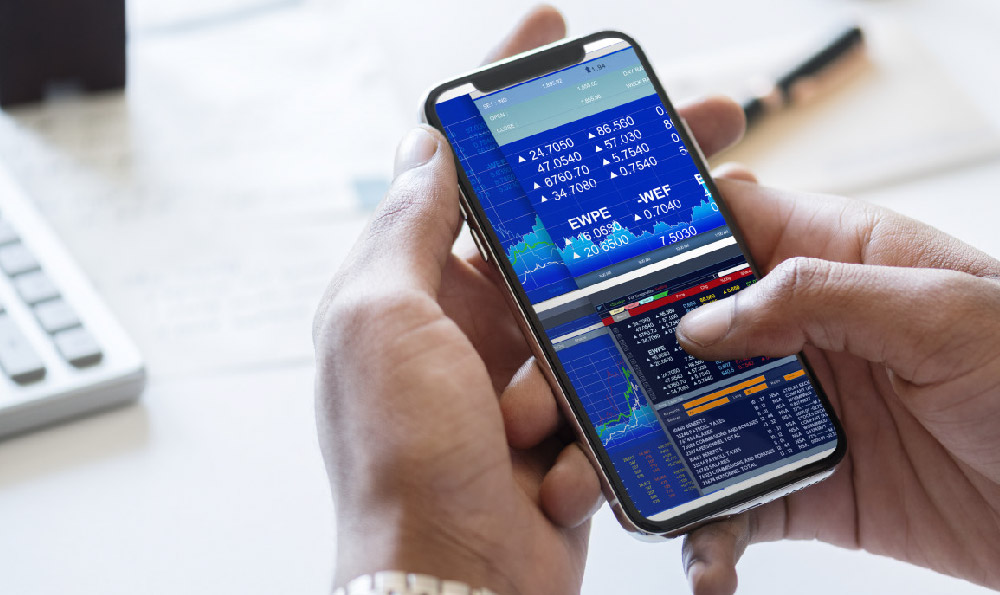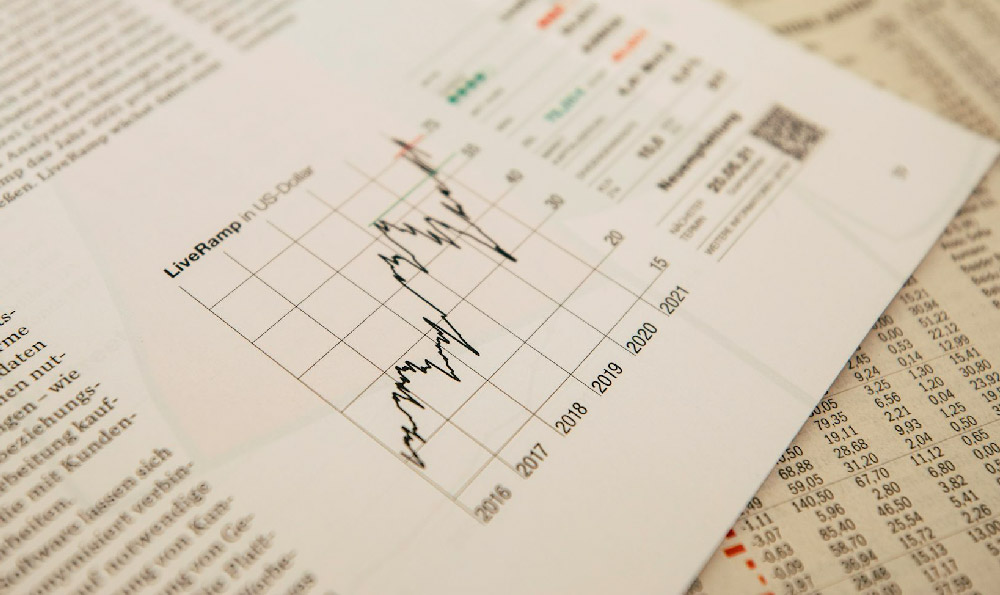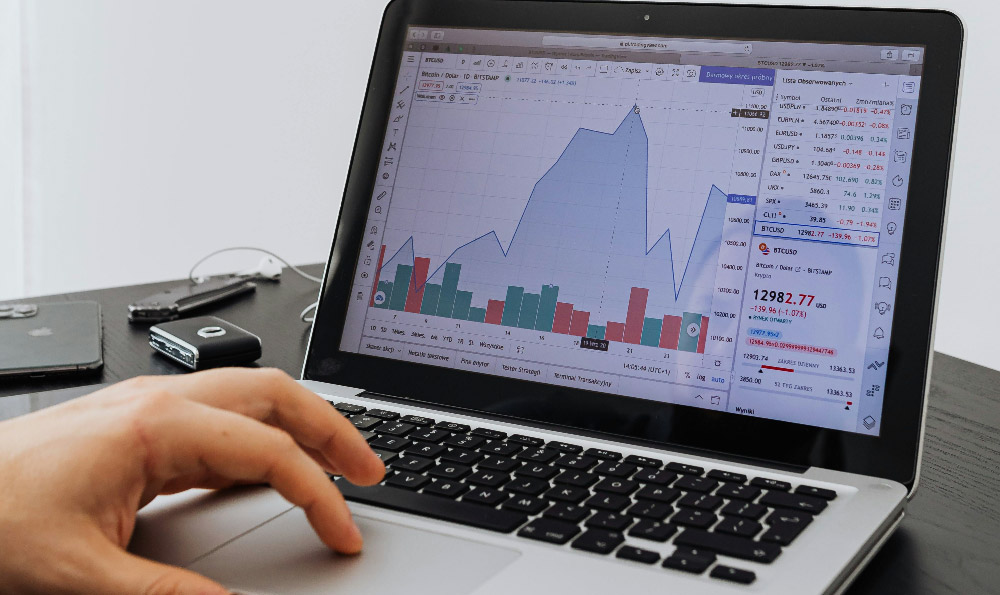how to make money through drawing: online guide earning tips
The intersection of creativity and finance has always been intriguing, and with the rise of digital platforms and blockchain technology, new opportunities have emerged for artists to monetize their work in innovative ways. While traditional art investment remains a niche, the emergence of non-fungible tokens (NFTs) and decentralized marketplaces has created a dynamic environment where visual talent meets financial potential. This guide explores how individuals can leverage drawing skills to generate income through emerging technologies, analyze market trends, and implement strategies that balance artistic passion with profitability, all while navigating the risks inherent in such ventures.
To begin, understanding the unique dynamics of digital art markets is crucial. Unlike traditional art, which often requires intermediaries like galleries or auction houses, digital platforms provide direct access to global audiences. Artists can upload their work, set pricing, and engage with buyers in real time, bypassing the traditional gatekeepers. This democratization of access is a double-edged sword, as it also introduces competition from both established creators and algorithm-driven automated systems. Success in this space depends on not only the quality of the art but also the ability to curate a compelling artist brand. Consistency in posting, engaging with followers, and maintaining a narrative around one's creative process can significantly impact visibility and sales. For example, a digital painter who regularly updates their portfolio with a cohesive theme may attract a dedicated following, whereas sporadic uploads without clear direction can lead to algorithmic neglect.
The technical and financial aspects of this endeavor require careful consideration. When selling digital art, platforms like OpenSea, Foundation, and Objkt.com operate with unique transaction mechanics and fee structures. These platforms often use smart contracts to automate payments, ensuring that artists receive a percentage of the sale even if the work is resold in the future. However, these opportunities come with risks: smart contract vulnerabilities, platform volatility, and the potential for plagiarism or unauthorized reproductions. Artists must invest time in understanding the technical underpinnings of these platforms, including how royalties are calculated, how to manage digital asset ownership, and how to protect intellectual property rights. Utilizing blockchain-based tools for timestamping creations or registering copyrights can offer legal recourse in case of disputes. Moreover, the fees associated with these platforms—such as gas costs on Ethereum-based NFTs—can be substantial, so optimizing for cost-efficiency becomes a key financial strategy.

Investment in digital art markets also necessitates a strategic approach to portfolio diversification and value assessment. While some artists focus solely on creating and selling original works, others engage in secondary market trading, purchasing NFTs with the potential for appreciation. This dual approach requires a balance between creative output and financial acumen. Artists should analyze market trends by studying sales data, tracking price fluctuations, and identifying patterns in buyer behavior. Tools like DappRadar or Rarity.tools provide insights into market dynamics, allowing creators to benchmark their work against industry standards. Additionally, factors such as community engagement, scarcity principles, and the use of generative art techniques can influence market demand. For instance, a limited edition digital artwork with unique visual elements may command a higher price than a mass-produced piece, even if the latter is technically superior.
For beginners, the journey of monetizing their drawing skills involves refining both technical and artistic competencies. Starting with a strong foundation in drawing principles—such as composition, color theory, and perspective—ensures that creations are visually compelling. Digital tools like Procreate, Adobe Photoshop, or Blender provide not only creative flexibility but also the ability to produce high-resolution assets suitable for market sale. However, technical proficiency alone is insufficient; understanding the financial and logistical aspects of digital art distribution is equally vital. For example, setting the right price for a piece involves evaluating creation costs, market demand, and the artist's niche positioning. Underpricing can lead to unprofitable sales, while overpricing may deter buyers entirely, so finding the optimal balance requires market research and iterative testing.
Risk management is a cornerstone of any successful financial endeavor, and digital art is no exception. The volatility of NFT markets, driven by speculative demand and fad-driven trends, means that prices can fluctuate dramatically. To mitigate this, artists should avoid overexposure to a single platform or market, instead diversifying their income streams across different mediums and technologies. For instance, selling digital art directly through a marketplace, engaging in commissioned work, and exploring metaverse-based opportunities can create a more robust financial portfolio. Additionally, artists should be cautious of platform-specific risks, such as changes in algorithm policies, regulatory shifts, or fraudulent activities. Verifying the legitimacy of buyers, using escrow services for high-value transactions, and maintaining a transparent online presence can help safeguard against potential pitfalls.
Finally, building a sustainable model for creating and selling art requires a long-term perspective. While the initial focus may be on monetization, the true success of an artist lies in their ability to create value over time. This involves continuous skill development, adapting to technological advancements, and fostering genuine connections with the audience. By combining artistic creativity with strategic financial planning, artists can not only generate income but also establish a lasting impact in the evolving digital art landscape. The key is to approach each step with clarity, foresight, and a commitment to excellence, ensuring that both the craft and the business thrive in tandem.















